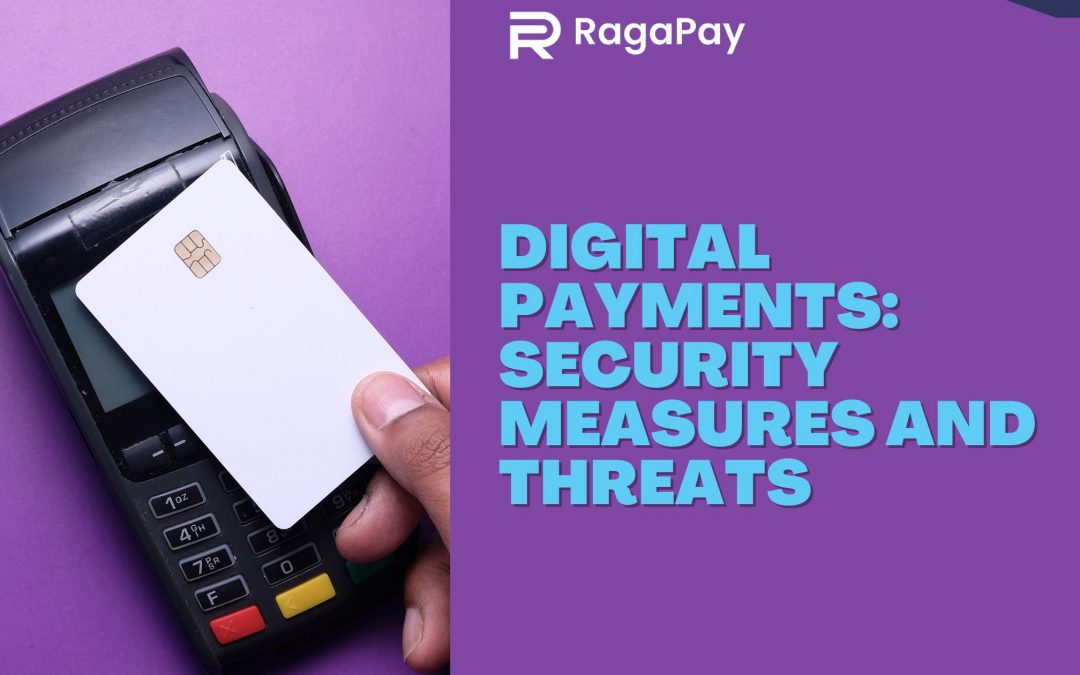Introduction
Digital payments are becoming more popular. With the help of apps and online services, you can send money to your friends or family members without having to deal with cash or physical notes. Yet, digital payments are also a target for criminals who want to steal your money by making fake transactions on your phone or computer. In this article, we will explain how you can protect yourself from these threats so that your money stays safe.
Understand the different types of digital payments:
Digital payments are a growing industry, and they’re not limited to credit card or debit card payments. Many types of digital payment methods include:
- Direct deposit (offering direct access to your bank account)
- Online banking (exchanging information via email)
- Mobile phone apps that let you pay with your phone.
Know the security measures on your digital payment app
You should be aware of the security measures on your digital payment app. The more you know about them and how they work, the better prepared you’ll be for any potential threats or attacks.
- Know what security measures are in place on your digital payment app. The first step to using a new payment app is knowing how it works and what kinds of protections it offers. Some apps may need users to provide their personal information before registering for an account, while others may offer two-factor authentication (2FA) as an extra layer of protection—if something happens to steal someone’s password or phone number, they won’t be able access their accounts unless they provide both pieces of information again.* How do I use this feature? Once you’ve got all this down pat, then try using some other features:
Keep your device secure.
You can take several steps to keep your device secure:
- Use a PIN or password to lock your device.
- Keep your device up-to-date with the latest security patches and software updates by visiting Apple or Google’s websites for instructions on how to download them.
- Install mobile security software on all your devices, including laptops, tablets and smartphones (if you have an Android phone). Some apps also allow you to set up two-factor authentication (2FA) so that only someone with access to both their user password and a smartphone app can log into their account. This means if someone tries logging in as you via email or text message and they don’t know either one of those things then they won’t be able to do anything else except leave an unanswered voicemail saying: “Hey John I’m coming over this weekend.”
Protect your account details and passwords
To protect your account details and passwords, you should use a strong password that is unique to each site. You should not share this password with anyone, and you should change it regularly. You can use a tool like LastPass or 1Password to store all your passwords in one place so they’re easy to find when needed.
The threats to your digital payments system
There are many ways to compromise your digital payment system. The following are a few of the most typical threats:
- Phishing
- Social engineering
- Malware and viruses (malicious software)
- Data breaches in which hackers steal personal information, such as credit card numbers or bank account details. This can be done through hacking or phishing emails that appear to come from legitimate companies. If you click on a link in an email message and then enter your personal information into a website where it is stored, hackers could use this data later on when they try to access your accounts online using stolen credentials from other sites (such as Gmail).
To protect yourself from digital payment fraud, know the security tools you have in place and use them.
- Use the security features on your phone. You can use a password manager to help you create strong passwords for all your accounts and apps, making it more difficult for hackers to guess your pin code or other sensitive information.
- Make sure you are using a secure connection when connecting to websites or services online (such as online banking). This may require using an incognito window in Chrome or Firefox so no one can see what sites are visited; alternatively, closing all browser windows before entering sensitive information. If possible, avoid using public Wi-Fi networks, since they may not be secure. If they aren’t secure, someone might steal information even without physical access.
Conclusion
It is important to be aware of the risks associated with digital payments and the precautions that have been taken to safeguard them. You can protect yourself from fraudulent digital payments and assaults on the digital payment system by utilising these security tools. Ragapay is safe and secured for digital payments.

